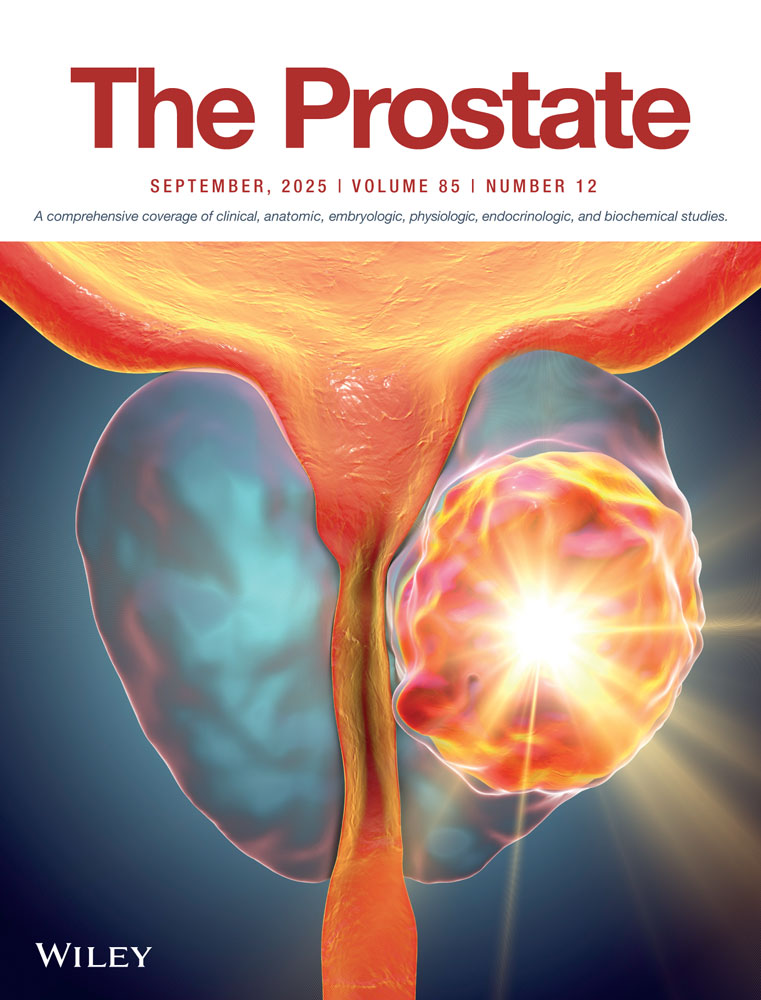Endogenous phosphorylation in dunning prostate tumors of rats treated with LH-RH analogues
Abstract
We investigated phosphorylation in Dunning R-3327H prostate tumor tissue of untreated rats, and rats treated with the agonist D-Trp6-LH-RH and antagonist N-Ac-D-p-Cl-Phe1,2, D-Trp3, D-Arg6, D-Ala10-LH-RH. The total phosphorylation was significantly higher in Dunning tumors than in normal ventral and dorsal prostate. Incorporation of 32P into tumor tissue of rats treated with D-Trp6-LH-RH was significantly lower than in tumors from untreated animals. The tumor regression produced by LH-RH agonist appeared to be linked with changes in the pattern of tumor protein phosphorylation. Although inhibition of tumor growth also occurred after administration of the LH-RH antagonist, no significant changes in phosphorylation were observed. The dissimilarity of effects of the agonists and the antagonists on protein phosphorylation in rat prostate tumors may be related to the differences in the mechanisms of action of these two types of LH-RH analogues.




